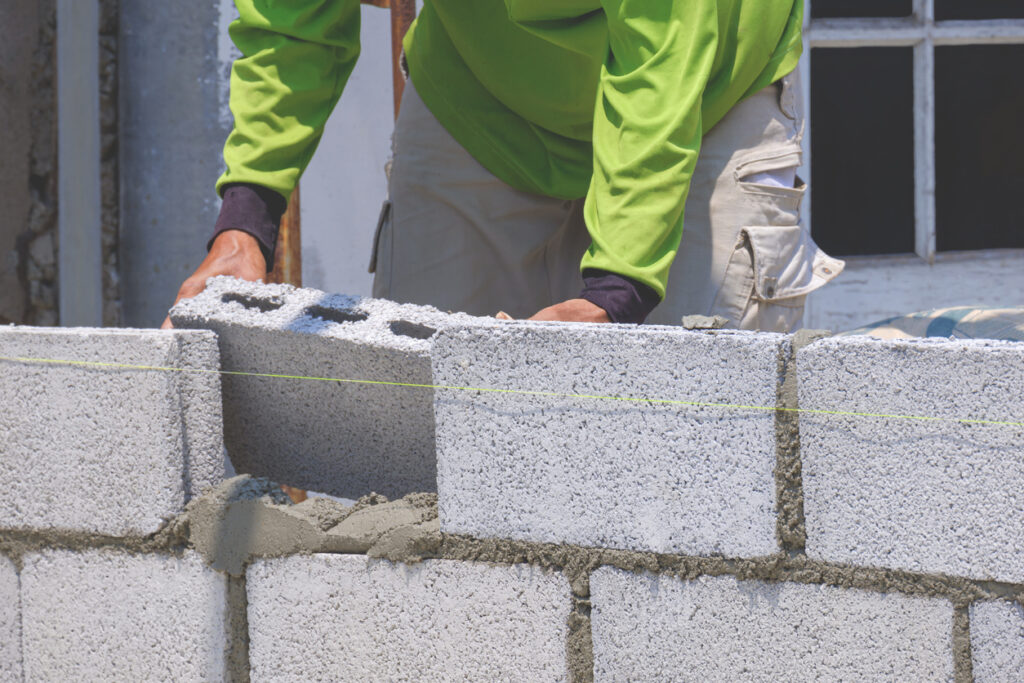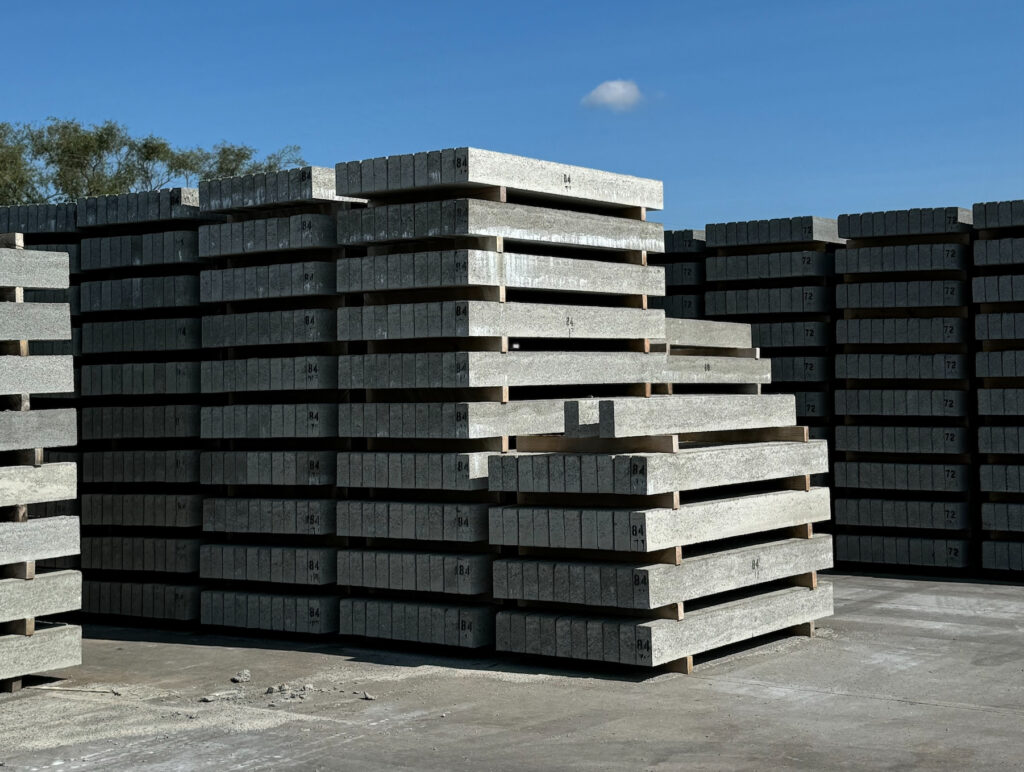Is Insulation Flammable? Understanding Fire Safety And Insulation Materials
Insulation stands as a stalwart ally in the journey to make our homes and buildings more energy-efficient. It keeps us warm in winter and cool in summer; conserving energy and providing comfort. However, as with all building materials, questions arise about its safety. A pressing concern many homeowners and builders share is the flammability of insulation. “Is insulation flammable?” becomes crucial as safety remains paramount. This article aims to demystify the fire safety aspects of various insulation materials, offering insights into their properties and how they interact with fire.
Different Types and Their Fire Ratings
Insulation comes in multiple forms, each with distinct materials and properties. Fiberglass insulation is commonly non-combustible, as the fibers resist burning. Cellulose insulation, made from recycled newspaper and treated with fire retardants, also has good fire resistance. However, if exposed to fire for extended periods, it can ignite. Foam insulation, another popular choice, varies in flammability based on its composition. Some foam insulations can be flammable, but many come treated with fire retardants to enhance safety.
Role of Fire Retardants in Insulation
Fire retardants play a pivotal role in enhancing insulation’s resistance to fire. When added to insulation materials, these chemicals slow down or prevent the spread of flames. However, the effectiveness of these retardants can diminish over time, especially if exposed to moisture or other environmental factors. Regular checks and updates become essential to ensure the insulation remains fire-resistant throughout its lifespan.
Safe Installation Practices
Installation practices influence insulation’s fire safety. Keeping insulation away from heat sources like recessed lighting or chimneys reduces risks. For foam insulation, ensuring a barrier, like drywall, between the insulation and the living space can prevent potential fire hazards. Adhering to local building codes and guidelines ensures insulation installation meets safety standards.
Understanding R-Values and Fire Safety
The R-value of insulation measures its thermal resistance, but it also has implications for fire safety. Materials with higher R-values tend to be denser, affecting how they respond to fire. For instance, higher-density foam insulations offer better fire resistance than their low-density counterparts. It’s essential to understand this relationship when choosing insulation for specific building areas.
Awareness and Regular Checks
Awareness remains a key component in ensuring insulation safety. Regularly checking insulation for any signs of wear, moisture damage, or other issues helps in the early detection of potential fire risks. Moreover, in case of a house fire, knowing the type of insulation and its fire properties can aid firefighters in their response.
Insulation and Indoor Air Quality
Insulation plays a role in energy conservation and fire safety and impacts indoor air quality. Some insulation materials can release particles or gases, immediately after production. These emissions can affect those with respiratory issues or sensitivities. It’s crucial to ensure adequate ventilation when installing new insulation and to be aware of any off-gassing. This is particularly true for certain foam insulations, which might release volatile organic compounds (VOCs) in the initial days after installation. Over time, these emissions typically decrease, but awareness of this can help homeowners take necessary precautions, ensuring a healthier indoor environment.

VP of Sales- Accessory DivisionMike Simon
Latest News

How Long Does Type S Mortar Take To Cure?
Like all mortars, Type S mortar requires careful attention during the curing process to reach its full strength. This isn’t […]

Decorative Downspout Splash Block Ideas For A Stylish Exterior
Creating a stylish exterior involves paying attention to the smallest details, and downspout splash blocks can make a surprising difference. […]

A Stormwater Compromise to Nowhere
I went to visit my grandmother at her new apartment and drove past an atrocity of a stormwater/transportation compromise. It […]

Choosing The Right Size: Your Essential Concrete Lintel Size Guide
Choosing the right size for a concrete lintel is a critical decision that can significantly impact the structural integrity of […]
